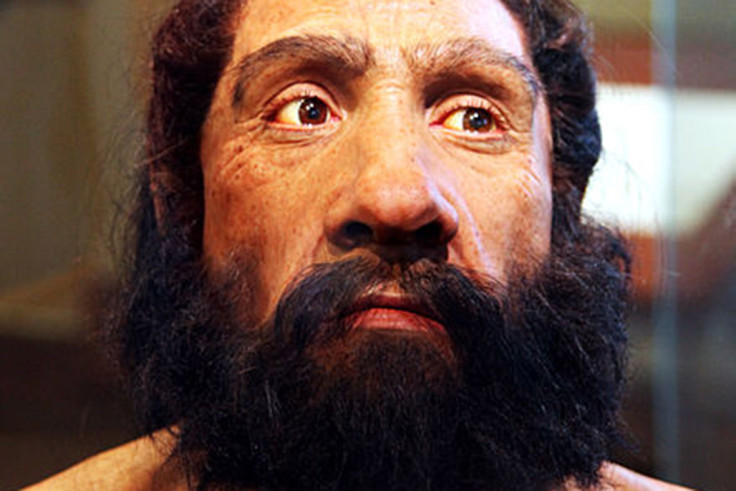Were these Europe's last Neanderthals?
Bones dating as late as 40,000BC found to belong to Neanderthals, suggesting transition period with modern humans.

What could be the last Neanderthals in Western Europe have been identified in France, with ancient DNA confirming that bone fragments dating to between 40,000 and 45,000 years ago belong to our extinct archaic relatives. The Châtelperronian archaeological site in Grotte du Renne provides some of the earliest evidence of industry of the Upper Palaeolithic.
The complexity of stone tools found at the site has led some researchers to say they could not have belonged to Neanderthals.
Instead, they believe the site was occupied by early modern humans. The extinction of the Neanderthals – around 40,000 years ago – is subject to much debate, with theories about what caused their final demise ranging from climate change to the arrival of modern humans. So too is the level of their cognition abilities.
The advanced artefacts found at Châtelperronian would suggest a level of learning thought only possible by modern humans – indicating the site belonged to modern humans, or that Neanderthals were living in a "transitional" period alongside humans.
Indeed, some researchers have suggested Châtelperronian Neanderthals borrowed ideas from humans, copying their tool and jewellery-making techniques.
In their latest study published in the journal PNAS, researchers from the Max Planck Institute for Evolutionary Anthropology used biomolecular and chronological analysis to work out the species of 28 hominin bone fragments found at the site and which date to the Châtelperronian. Ancient protein evidence allowed them to distinguish between different clades from the genus Homo – and findings showed the bones belonged to Neanderthals.

"To differentiate between modern humans, Neandertals and Denisovans on the basis of ancient protein research provides really exciting opportunities for future research into the origins of our and their evolutionary history," said lead author Frido Welker.

Concluding, the team said their findings mean artefacts found at the site can be attributed to Neanderthals, and that this society was possibly one of the last to live in Western Europe before the species disappeared. "[The specimens] are among some of the latest Neanderthals in western Eurasia, and possibly candidates to be involved in gene flow from Neanderthals into anatomically modern humans (or vice versa)," the team wrote.
Jean-Jacques Hublin, director of the Department of Human Evolution, commented: "The process of replacement of archaic local populations by modern humans in Eurasia is still poorly understood as the makers of many palaeolithic tool-kits of this time period remain unknown. This type of research allows us to extract unrecognisable human fragments out of large archaeological assemblages and to revisit the mode and the tempo of this major event in human evolution with fresh material."
© Copyright IBTimes 2025. All rights reserved.






















